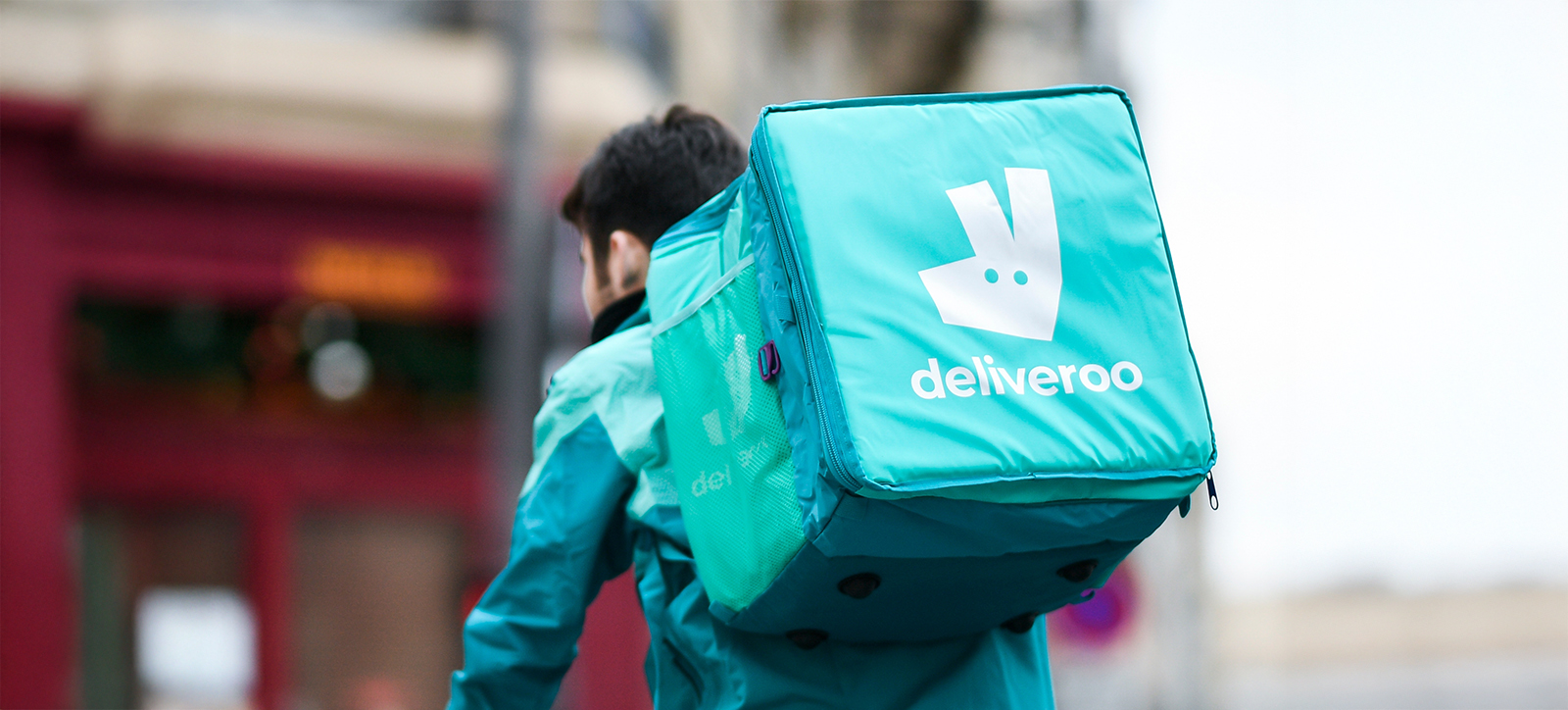
Slim pickings: Investors face heavy losses if Deliveroo accepts a takeover by DoorDash
The markets have served up more bad news for the takeaway delivery business.
Just weeks after Just Eat Takeway was acquired by investment firm Prosus for £3.4 billion – a fraction of its former value – another household name is set to be sold.
Deliveroo has announced that it has received a bid of £2.7 billion from US delivery firm DoorDash. The board looks set to recommend the bid to shareholders, despite being offered only a 20 per cent premium to its depressed share price.
This would suggest that they feel this is the best option for their shareholders, and that other options of persisting on their own are even less promising.
Throwing in the towel in this way is a tacit acceptance that there isn’t much money to be made from takeaway delivery – despite Deliveroo operating in 10 countries with 180,000 restaurants signed up to the platform.
It is not clear that anyone makes a return from the takeaway delivery business. Deliveroo shareholders will have lost almost two thirds of their investment since the ill-fated Initial Price Officer (IPO) at £7.6 billion in 2021.
Deliveroo and its investors assumed the increased demand for home delivery services during the Covid-19 pandemic and lockdown would persist - and even grow - in the years that followed. Just Eat made a similar mistake when it paid a heavily inflated £7.3 billion for DoorDash’s US rival Grubhub in June of that year.
Why takeaway firm IPOs were overpriced
In retrospect, there was little evidence to support such wishful thinking. In reality, the reverse happened. Demand collapsed, as did share prices.
The problem facing the industry has been a lack of growth. At the same time, it has been saddled with rising costs – such as increases in the minimum wage – and requirements to provide more rider data to the tax authorities.
The industry remains stubbornly profitless and, worse still, the future looks even less bright. Concentrating the remaining, struggling players into the hands of a few owners looks like a last gasp effort to improve profitability through reduced competition.
Just Eat sold its disastrous investment in Grubhub for practically nothing before being acquired itself. It seems reality has finally dawned – at enormous cost to investors.
Is the takeaway delivery industry following the rapid grocery delivery industry into obscurity as its business model struggles to make money?
Rapid grocery delivery has largely disappeared since the pandemic as the cost of providing the service was much greater than the demand. Few people ever paid for the service once free vouchers were exhausted.
Distressed players bought each other before their investors’ money was exhausted and they disappeared altogether.
What M&A mistakes did takeaway firms make?
The takeaway delivery industry appears to be following a similar path. The problem is that restaurants are already a low margin business.
Trying to extract an additional margin is difficult. There is a limit to what people will pay for home delivery as they have alternatives such as collecting themselves, eating out or putting a supermarket pizza in the oven for 10 minutes.
Riders are becoming more expensive with tax and minimum wage increases. In effect, non-existent profits are being squeezed further in an industry lacking growth.
In recent years, Deliveroo and other players have been courting the major restaurant chains where margins have to be especially thin, given the negotiating power of the restaurants and the options available to them. How much margin will there be in a delivery McDonalds to play with?
There are a few regions in which the model might prosper. However, it requires a major divergence of income – where those who are affluent enough to want to pay the premium live alongside people who are willing to ride electric bikes in all weathers to deliver food for no more than the minimum wage.
Most of Europe probably does not qualify for these conditions, with the exception of a few affluent cities.
There are also pockets of profitable demand, in particular amongst the student population and younger people who are developing different consumer habits.
Perhaps they will continue those habits as they age and demand will expand.
In the meantime, the immediate outlook for the industry is not positive. Short of another epidemic, it is difficult to see how this industry can make much of a return. It seems more likely that it faces a protracted endgame like the rapid grocery delivery industry.
As usual in Mergers and Acquisitions (M&A) and stock market listing, the main beneficiaries are the advisors.
In that context, it seems that this may be another case in which everyone seems to have made money from the idea, except the investors who supported the IPO.
Further reading:
Four rules to avoid failure in mergers and acquisitions
Will gig economy delivery firms survive the cost of living crisis?
Has the day of reckoning for the gig economy arrived?
Three steps for firms to achieve strategic agility
John Colley is Professor of Practice in Strategy and International Business at Warwick Business School.
Learn how to add value and avoid common pitfalls in M&A with the three day programme, Mergers and Acquisitions: How to Maximise Success, at WBS London at The Shard.
Discover more about Finance and Markets. Receive our Core Insights newsletter via email or LinkedIn.




 X
X Facebook
Facebook LinkedIn
LinkedIn YouTube
YouTube Instagram
Instagram Tiktok
Tiktok